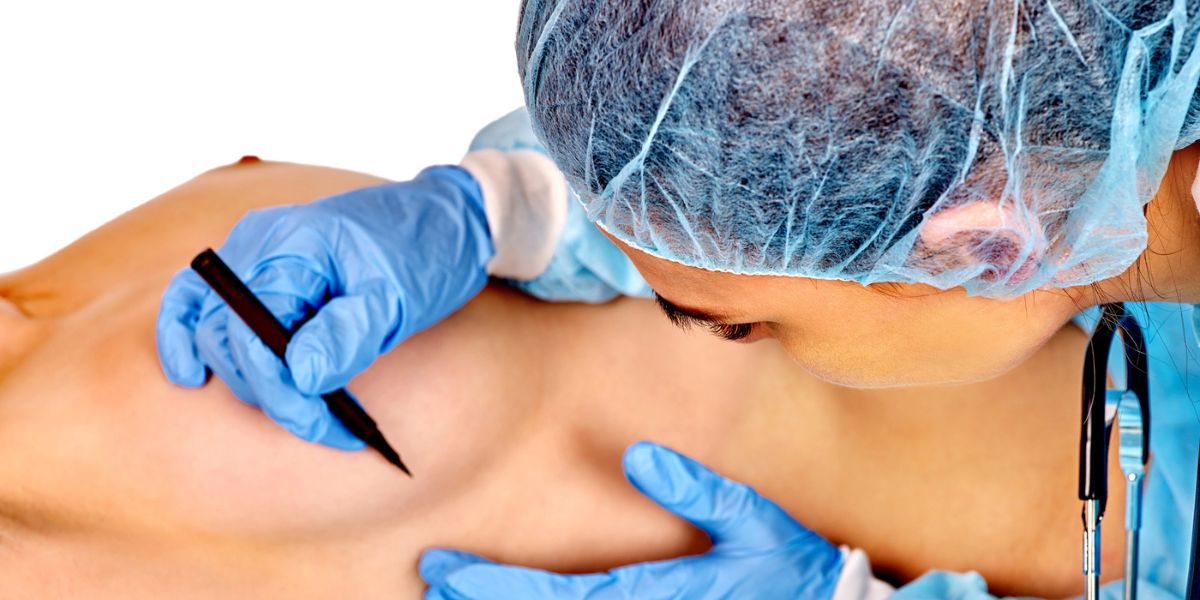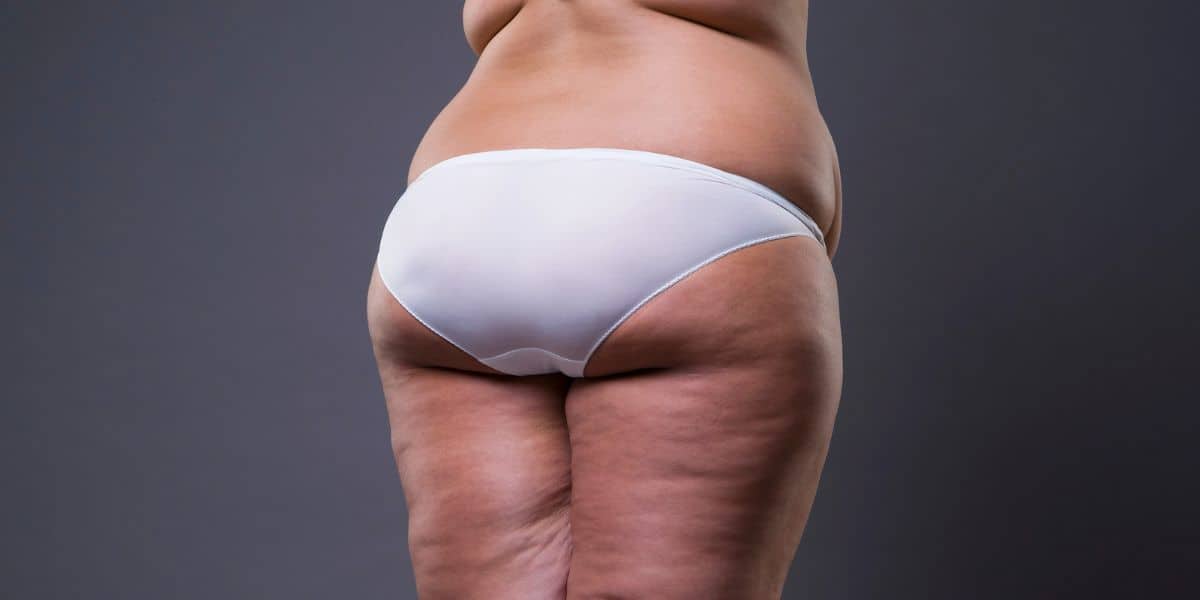Dr. Saber’s Blog
Male Chin Augmentation: Is it For You?
Whether your look aims for “ruggedly handsome” or “sophisticated masculinity,” attractiveness will invariably go through the road of a harmonious facial structure. And while chins may not always get the attention that noses or abs do, a well-defined jawline can completely redefine your facial balance.
Male jaw augmentation surgeries can round off your other facial features, rejuvenate your looks, or allow you to experiment with bolder beards or hairstyles. But just like all other facial surgeries, a successful chin augmentation procedure will require equal surgical dexterity and an eye for proportion.

What is chin augmentation?
Also known as genioplasty or mentoplasty, a chin augmentation procedure uses a custom-made implant to redefine and reshape the jawline. Often, chin augmentation is combined with chin sculpting, or osseous genioplasty, in which a plastic surgeon trims parts of the jawbone to “chisel” out the desired profile. The surgery can include smaller touches, such as localized buccal liposuction, fat transfer, and injectables like Kybella.
Whether separately or combined, all chin contouring procedures can help create a more masculine and attractive look, uplifting the entire face.
What can chin enhancement surgery fix?
Most men interested in chin implants are looking to fix one of the following:
- A receding chin or “weak chin” where the lower jaw is smaller than the upper jawbone, making the facial profile slope back towards the neck.
- A poorly defined jawline that makes the face look thicker or baby-like.
- A chin that may be too large or out of balance with the nose, forehead, or cheekbones.
- An overly thin or pointy chin which may be perceived as dainty.
- A “short chin” without enough projection that makes the forehead or the overall face look wider.
In addition, male jawline implants are often combined with other types of facial cosmetic surgery, such as rhinoplasty (nose job) or cheekbone implants, as part of wider reconstructive surgery or gender transitions.
Finally, a combination of chin augmentation, neck liposuction, and a facelift can add the “finishing touch” after massive weight loss, which can occasionally alter facial features.
CALL (818) 770-7050 OR CLICK HERE TO SCHEDULE ONLINE
How is chin augmentation for men different than for a woman?
Any facial plastic surgery needs to be tailored specifically to each patient’s unique facial anatomy. Chin augmentation in men generally uses the same basic techniques as the “female” version of the procedure. The difference lies in the way we “apply” each move to prioritize diverse aesthetic goals.
Generally speaking, male patients looking for a chin enhancement will opt for a chin implant that will widen the jaw or make it more prominent. The desired look is meant to evoke strength, character, and masculinity. Meanwhile, women are more likely to ask for a sculpting procedure to make the natural chin bone smaller or slimmer.
How is chin augmentation surgery done?
Permanent chin augmentation is a surgical procedure that requires inserting an implant next to the chin or the lower jaw, reshaping the natural jawbone, or both. The process and surgery times can look quite different depending on what we’re doing, although most can be done as outpatient procedures.
Standalone male jawline implants
A “simple” chin implant surgery uses a small prosthesis of biocompatible material — silicone, Dacron, or a proprietary composite material. Some are custom-made to fit each patient’s facial bones, while other brands offer a range of standard implant sizes and widths.
A facial plastic surgeon will make a small incision inside the mouth or under the chin to insert them. The goal is to create a pocket between the bone and the muscles to hold the implant. Next, we slide it in and place a few sutures to close. This is fairly simple, takes less than an hour, and can be done under local anesthesia: we numb the area and add some extra sedation to keep you calm and sleepy.
Chin sculpting and combined procedures
Sometimes, we need to move, realign, or trim the jawbones to create a more natural and harmonious result. This is a far more complex cosmetic procedure that may last up to three hours and requires general anesthesia.
To properly sculpt the chin, we need to access the jawbone. This requires making a slightly bigger cut from inside the mouth and then using a small chisel to reshape the bone. We may also need to cut or move a small piece and secure it with a tiny wire or metal plate.
Know before you book: Frequently asked questions on chin augmentation
FAQs
Are male chin fillers and chin implants the same?
No. Both fillers and implants are frequently “bundled” together as part of chin sculpting, and often, the former is used to “retouch” or improve the outcomes from the latter. However, they are two different procedures:rnrnChin fillers are a type of dermal filler: a gel injection that can temporarily add volume to the area. Most use hyaluronic acid, or a proprietary compound derived from it, just like the fillers used to “plump” lips or smooth wrinkles. When appropriately applied, fillers can help make a cleft chin more prominent or enhance some angles where skin may be sagging. However, they can’t fully fix a weak or recessed chin, which requires a firmer material. Their effects only last up to two to three years.rnrnChin implants, on the other hand, are physical implants designed to complement the natural “hard” part of the chin — the bones and cartilage. They’re permanent.
What cosmetic surgeries can complement a chin implant?
This all depends on each patient’s specific goals and expectations. Roughly speaking, most men who visit us are looking to change their chin projection, rejuvenate their looks, or slim their faces.rnrn“Chin projection” refers to the line drawn by the nose, lips, and the point of the chin. Culturally, u003ca href=u0022https://www.ncbi.nlm.nih.gov/pmc/articles/PMC3805726/#:~:text=Ideally%2C%20chin%20projection%20should%20lie,Fig.u0022 target=u0022_blanku0022 rel=u0022noopeneru0022u003emost people believeu003c/au003e that the chin should follow just behind the nose. If the chin falls too far behind, it appears as a “weak chin.” Depending on your starting features, the best way to fix this may involve a rhinoplasty (to make the nose a bit smaller) and a chin implant rather than just making the chin larger.rnrnIf you want to “reverse the clock,” we’ll likely opt for a neck lift and fillers to complement the genioplasty. These procedures will help the skin around the neck and mouth look tighter and more supple.rnrnFinally, there’s the issue of double chins. These can be genetic or caused by aging or weight fluctuations. They have traditionally been fixed with localized liposuction or a lift. Currently, one of the most effective ways to combat a double chin is through a noninvasive, localized treatment known as Kybella. This uses injections to dissolve submental fat, which can be administered soon after recovering from chin implant surgery.
How long does it take to recover from a mentoplasty?
This depends on the exact procedure we performed. After a simple chin implant, most patients must spend a couple of days with a liquid or soft diet, as chewing may be tricky, followed by a few rest days. Swelling, pain, and tightness will diminish gradually, but most patients are ready to return to their usual activity levels within 2 to 3 weeks.rnrnOn the other hand, if your surgery includes any bone work, the downtime will be longer. You will likely spend a few more days with soft foods only and may need up to six weeks to heal completely.
Why is Dr. Saber the best choice for male chin augmentation?
Dr Sepideh Saber is an experienced board-certified plastic surgeon, who prides herself in her empathetic bedside manner and state-of-the-art techniques. At her clinic, patients from all genders, ages, and lifestyles find her calm demeanor to be a soothing balm to their anxieties, providing the first step towards a more positive and wholesome relationship with their bodies.
To request a consultation, call (877) 205-4100 or schedule a consultation online.
The practice of Dr. Saber is located in Encino, CA for patients throughout the Los Angeles area. We are also convenient to Encino, Woodland Hills, Sherman Oaks, Calabasas, Burbank, Glendale, Hidden Hills, Agoura Hills, Northridge, North Hollywood, Malibu, Topanga, Canoga Park, Reseda, Valley Glen, Chatsworth, West Hills, Winnetka, Universal City, Bel Air, Beverly Hills, Downtown Los Angeles, Silverlake, and Echo Park.
- The Transformative Power of Top Surgery: New Studies on Gender-Affirming Care - August 15, 2025
- The Skinny on BBL Sagging: Why It Happens and How to Prevent It - April 29, 2025
- Recovering From a Mommy Makeover: Dr. Saber’s Week-by-Week Guide - November 29, 2024


























